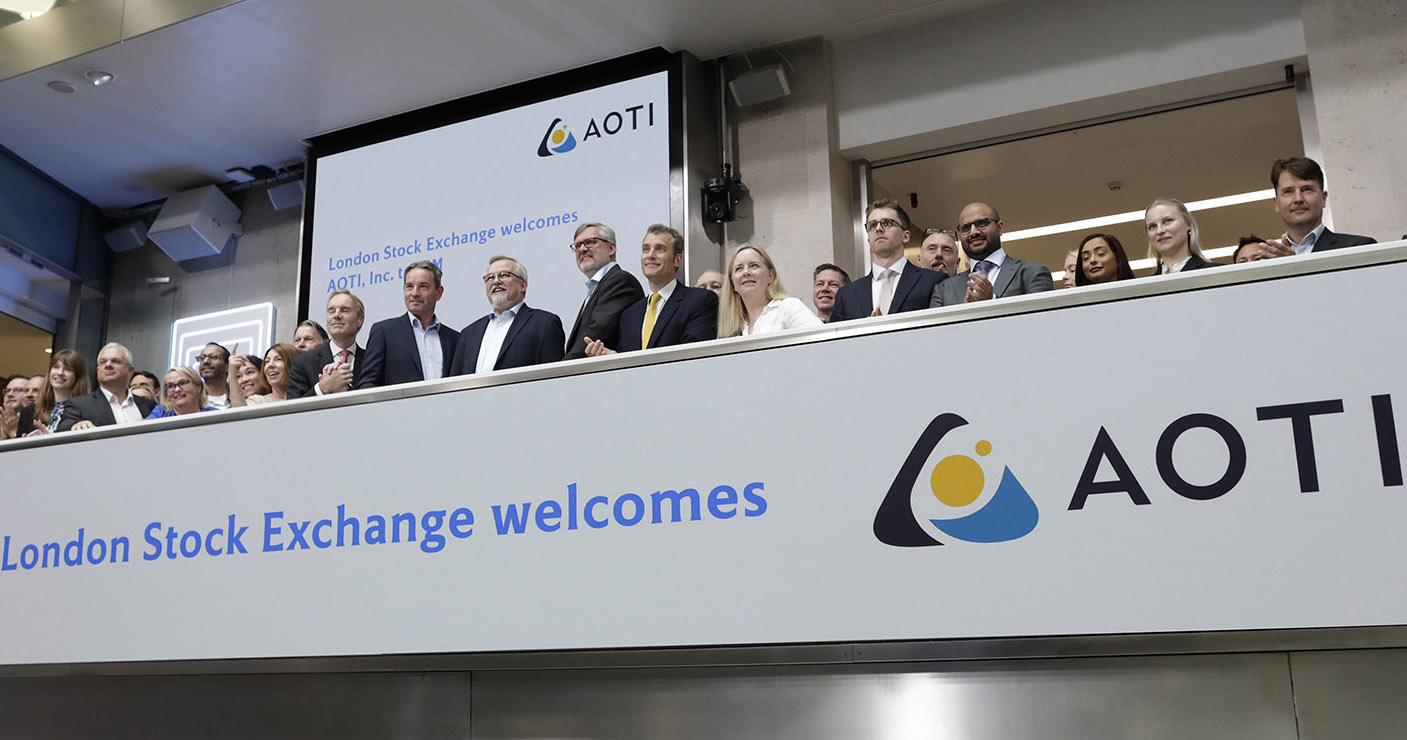Last updated on September 26, 2024
Considering an IPO? Discover the five biggest myths about UK and US financial markets, and how they could impact your company’s exit strategy.
In the dynamic world of financial markets, IPOs and market liquidity are subjects often clouded by misconceptions and oversimplifications.
As tech founders navigate the complex decision of where, when, and how to go public, they frequently encounter a barrage of conventional wisdom that may not always hold up under scrutiny. This is particularly true when comparing the financial landscapes of the UK and the US, two of the world’s leading capital markets.
Are US markets truly the promised land of sky-high valuations? Does the fabled IPO ‘pop’ actually signal success? Is the nature of market liquidity as simple as trading volume suggests?

Chris Mayo, Head of Primary Markets, Americas, at London Stock Exchange Group (LSEG), unravels five prevalent misconceptions about IPOs and market liquidity.
Myth 1: All liquidity is good liquidity
Conversations around stock market liquidity are often anchored to the absolute dollar or sterling level of average daily trading. This matters, but does not tell the whole story.
From a founder or General Partner investor level, liquidity matters most in the context of you being able to raise further growth capital or being able to sell down a large portion of your existing stake, both on an accelerated basis. When it comes to this type of transaction, the investment banks place stock with human decision makers, not passive funds or automated, algorithmic players, so a lot of the liquidity you see in the absolute numbers is not of use to you here.
You should consider the quality of the sources of liquidity, not just quantity in terms of dollar volume. Ask yourself instead: ‘What does the evidence of similar prior transactions say about my ability to raise or sell down a meaningful amount of capital at a reasonably tight discount to the prevailing market price?’
It’s also important to look at relative measures of liquidity and to make sure that you are pulling in all of the relevant data. By using relative metrics and analysis of a comprehensive set of data, you can see that London and New York liquidity is surprisingly similar.
Myth 2: An IPO ‘pop’ is a good thing
An oddity of the US IPO process is the obsession around ‘pop’, or the increase above the IPO price on the first day of trading. Bizarrely, large IPO pops are reported in the US media as positive, when conversely it should be seen as value given away or excessive dilution. There is no evidence that IPO pop correlates positively to ongoing aftermarket performance.
Additionally, if an investor is allocated stock at the IPO price and sees this stock rise 50% on the first day of trading, there is a strong incentive to sell out of the stock and the company will find a lot of its shareholder base will churn almost immediately. The ideal for IPO allocation should be to place stock mostly with buy and hold investors with the promise of modest rather than explosive immediate positive returns.
The UK and Europe does not see this ‘pop’ phenomenon for a number of reasons: enhanced price discovery mechanisms relative to the US such as more extensive use of testing the waters to meet investors prior to IPO, continued use of deal research to help with IPO price range setting, and a tendency towards larger free floats with inclusion of secondary selldown by existing shareholders allowing more immediate liquidity for them.
Myth 3: Listing venue drives valuation
The valuation debate is usually presented comparing apples to raspberries, when analysis of truly similar companies demonstrates that differences are driven by fundamentals not listing venue. The comparison must use more than just valuation multiples – additional quantitative and qualitative factors such as long-term growth rates, business mix, risk, and much more need to be considered. Multiple sources, including the Financial Times and AJ Bell, have debunked the theory that companies on US markets automatically trade at higher multiples.
Myth 4: US investors make for better shareholders
The UK has a high quality, active long-only institutional investor base with substantially lower costs of both getting and maintaining a listing. This is especially meaningful for companies in the small and mid-cap space – those with valuations below $10b – although London has a demonstrated ability to accommodate companies of all sizes given that two of the five largest equity deals in H1 happened here. US capital market interest is moving away from companies of this size and the focus is on mega-caps, whereas there is scarcity value in the UK for growth companies of all sizes.
The UK has by far the largest community in Europe of domestically focused funds, which require a domestic listing to invest, providing a solid foundation of support for companies listing here. Plus, London is also able to attract significant amounts of international capital including funds from the US and Europe. As a result, London provides companies – specifically US growth companies – continual access to follow on capital. This is demonstrated by the fact that 42% of London AIM-listed companies from the Americas have raised follow-on capital YTD in 2024.
The US is the largest capital market in the world, but the UK is consistently in the top 3 for capital raising (including this year) and punches above its weight relative to the size of its economy. IPOs for UK companies in the US are rare and the performance of those that have undertaken them is poor overall as is also the case for international companies in general.

Myth 5: You have to be a unicorn to IPO, so virtually all exits will be M&A
The UK market caters to companies of all sizes from large to microcap, whereas the US is ever more oriented to large and mega-caps. As a result, London is able to take smaller US growth companies public given the relatively more supportive investor and regulatory environments compared to US exchanges.
When comparing the average market caps of IPOs from 2018 to YTD 2024 on each of the major exchanges, one can clearly see London’s advantage for smaller companies. The average market cap at IPO in London on AIM and the Main Market are $129m and $913m, respectively. This is opposed to $1.9b and $4.2b on Nasdaq and NYSE, respectively.*
Recent examples of smaller US growth listings in London include Florida foodtech company, Microsalt, and California medtech, AOTI, earlier this year. London’s supportive environment includes lower ongoing costs, no equivalent to the Sarbanes-Oxley Act (meaning much lower Directors & Officers insurance costs), lower litigation risk, and only half yearly reporting, which frees up time and resources that could be better spent running the business. The UK has also recently implemented a wide-ranging set of listing and capital markets reforms, which make it even easier and more flexible for UK and international companies to list in London.
Of course, if you are looking for a full, immediate exit, that can only really be achieved by M&A, but founders in most cases retain no upside. If founders feel (which they usually do) that there is more value to be generated by the company, then an IPO is the way to thread that needle. Founders can also consider private secondaries to achieve partial liquidity, but this is a time-consuming process with inferior price discovery and the expectation of significant discounts relative to prior marks.
IPOs are not full exit events and most of the liquidity will be realised post IPO, so it is important to execute the IPO with a view to maximise value over time. In some ways, it is helpful to think about this in the same way as a venture round: Should you maximise value for the round at the expense of investor quality and future access to capital or should you consider a modest reduction in valuation in order to allocate to high quality fundamental investors who will buy and hold and also show a willingness to participate in future fund raises or sell downs to access liquidity?
Founders and GP shareholders should give active consideration with their advisors to the approach and strategy of allocating stock to investors in their IPO rather than taking a back seat.
Click here to learn how the London Stock Exchange can support your business.
This article is sponsored by the London Stock Exchange.
*Statistics exclude SPAC and Biotech IPOs, as well as IPOs from the Shanghai-London Connect.
 All Posts
All Posts


